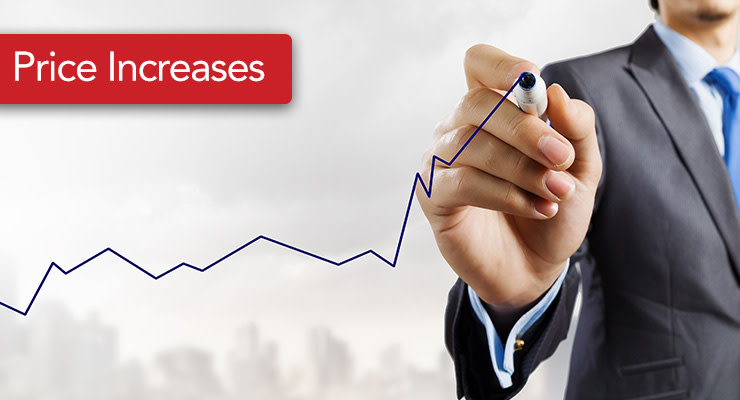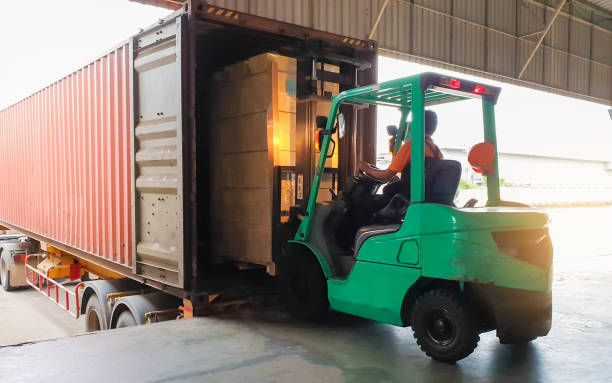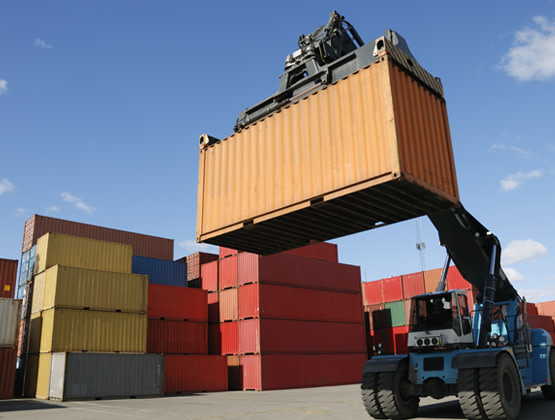I. Increase in the price of raw materials

More and more Chinese suppliers are starting a new round of price increases. In response to the main reason for the price increase, many Chinese suppliers will reply that the price of raw materials has gone up crazy. So, to what extent did raw material prices in China rise during the epidemic?
From the data published, the PPI rose by 10.7% year-on-year in September 2021. PPI refers to the average price of raw materials purchased by companies, such as copper, coal, iron ore, etc. This means that the money spent by factories on raw materials in September this year was 10.7% more expensive than in September last year.
Take our socket products as an example: the price of copper-- the raw material used in socket products, was basically stable at 45,000 to 51,000 yuan per tonne in 2019, before the epidemic outbreak. In March 2020, at the beginning of the outbreak, the price dropped to 35,000 yuan per tonne. Since then, as the epidemic was brought under control and production resumed around the world, copper prices have soared and have reached RMB78,000/tonne in May this year.
We can see from the data that copper prices this year have risen by 40% to 50% compared to the normal copper prices before the epidemic, and by more than double compared to the lowest point last year. This is not just the price of copper, other raw materials have also risen to varying degrees. The following are the price increases of commonly used raw materials from the middle of last year to this year.
Pulp (raw material used in cardboard boxes and packaging) up 55%
Iron ore (a raw material used in the manufacture of steel) up 25% in price
Foam (used to make upholstered furniture) up 50%
High density polyethylene (raw material for plastics) up 25%
Considering the long-term relationship, many Chinese suppliers in the early stages, have absorbed on its own a large part of the price increase brought about by material increases. But many of the orders are signed six months ago with raw material prices being high. And from the current material prices, it has been unable to offset the cost, so a new round of price increases is also really no choice.
In the face of suppliers to raise prices when requested, on the one hand, purchasers need to understand the actual situation of material price increases. It is easy to obtain these data through exchanges with different suppliers, or in the raw materials related prices on the website. And then purchasers need to analyze if the price increase is within a reasonable range. On the other hand, you can negotiate prices with the supplier several times. Taking into account the long-term relationship, many suppliers are willing to share the price increase brought about by rising raw materials.
II. Labor costs are rising.
Many foreign trade factories in China are concentrated in coastal areas. The epidemic has made many inland laborers no longer willing to work in coastal areas, but choose to work in their hometowns. On the one hand, they can accompany their families. On the other hand, with the development of China's inland economy, many domestic enterprises have started to build factories inland. Although the wage level is not as high as coastal areas, from a comprehensive consideration, still many laborers give up the idea of working in coastal factories away from their hometowns.
After the spring festival of his year, we can see recruitment information of foreign trade factories everywhere. The factories attract labourers on the production line by reimbursing round-trip bus fare and providing free accommodation and food. However, the results were not satisfactory, and many factories remained in a state of worker shortage.
It is valuable for buyers to know the labour flow situation in the supplier's country. At present, China's foreign trade exports are still dominated by labour-intensive advantages. A stable supply of labour is very important to stabilise prices and product quality. In daily communication with suppliers, buyers can ask more relevant information. These questions, although seemingly minor and not directly related to the product, can help you to better judge the next market situation.

III. Rising transportation costs.
Rising transport costs are mainly divided into inland freight and sea freight increases.

Looking first at inland freight rates. Recent increase in China's domestic oil prices has brought about an increase in the cost of inland transport. At the same time, during the epidemic, freight terminals need to purchase large quantities of masks and disinfectants due to the need for epidemic prevention and control bringing additional costs. The increased inspection of cargoes entering the port for release at the terminals, due to the epidemic led to a reduction in the efficiency of cargoes entering the port. Whereas one truck could arrange for 2 cargoes to enter the port in a day, now only 1 can be arranged.
The above rise in inland freight rates does not include the rise in staff salary costs and the rise in vehicle maintenance costs.
The second is the crazy rise in sea freight rates. Container prices in China continue to be at historically high levels, driven by the imbalance between supply and demand. The number of containers leaving China are more than returning ones, creating a "race to the bottom" effect. With the recurrence of the epidemic, importers' own production and exports have slowed or even stopped and demand for physical products from China continues to be strong, resulting in a shortage of containers entering China. Many ports around the world are also suffering from various levels of congestion and the lack of port labour has further angered the 'normal flow' of containers returning to China. In terms of container prices, this year they are five times higher than they were before the epidemic, and there are still no containers available.
In this situation, buyers need to plan their purchases in advance. The increase in sea freight rates due to container shortage will not be immediately alleviated in the following period. Confirm delivery dates with suppliers at regular intervals and at least 1 month in advance to ensure timely release of containers.
These are the main factors that have led suppliers to increase prices in the epidemic environment. Although the epidemic in China is under control thanks to the efforts of the government and the people, it is still going through a long process worldwide.
If you are a buyer, you should analyse the underlying reasons behind the price increase from the above aspects, so that you will be more convincing when negotiating prices with your suppliers.
You can also leave a message asking about the recent price trend of raw materials, we will be very glad to discuss foreign trade related topics with you.